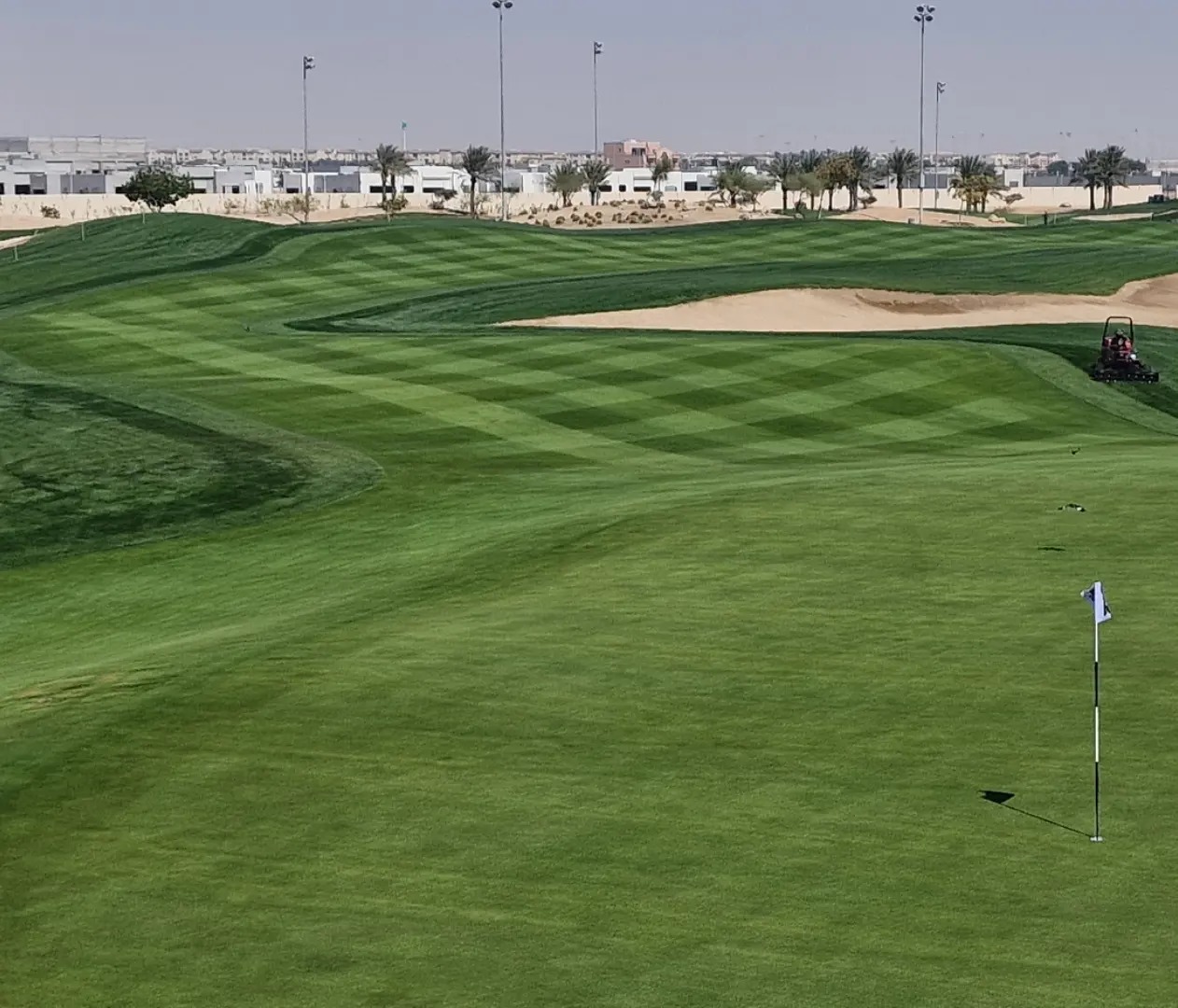In recent years, the national awareness of environmental protection has been continuously increasing. Lawn, as a low-color part of the overall environmental greening, has been widely recognized for its important function in environmental greening and beautification. The number of lawn grass species introduced has doubled, and more and more green spaces are appearing in people’s eyes. At present, the lawn industry has entered a period of great development.
Correct species selection is half the success of lawn establishment. Selection should follow the following two principles:
Principles of climate and environmental adaptation
The principle of climate and environmental adaptability is the decisive factor in the selection of lawn grass species. According to the response of plants to climatic conditions and living environment, lawns can be divided into two categories: cool season and warm season.
The optimal growth temperature of cool-season lawn is 15℃-25℃. Its growth is mainly restricted by high temperature stress, the duration of extreme temperatures and drought environment. Cool-season lawns are mainly suitable for planting in the vast areas north of the Yangtze River in Northeast my country, Northwest China, North China, East China, and Central China. Its main features are long green period, deep green color, and requires careful management. There are many species to choose from, including hundreds of varieties of more than 40 species from more than a dozen genera, including Poa, Festuca, Lolium, Bentgrass, Brome and Alkali.
The optimum growth temperature for warm-season turfgrass is 25°C-35°C, and its growth is mainly limited by extreme low temperatures and duration. It is suitable for planting in the tropics, subtropical areas, and central temperate areas of my country. Its main characteristics are strong heat resistance, good disease resistance, and resistance to extensive management. Most species have a short green period, light green color, and there are few species to choose from. , including nearly a hundred varieties of more than 20 species in more than a dozen genera, including Bermudagrass, Zoysia, Teff, and Bisongrass.
With the continuous development of my country’s lawn industry, the scientific and technological strength invested in it has gradually increased. In recent years, experimental plots for research on the adaptability of lawn varieties have been established across the country, providing a reliable guarantee for the selection of suitable lawn grass species.
Relevant scientific research institutes and larger enterprises in my country have successively introduced hundreds of lawn varieties from abroad, and conducted multi-level and multi-channel screening of variety adaptability. The principle of climate and environmental adaptability of turfgrass species has been generally accepted.
The principle of complementary advantages and landscape consistency
Lawn serves as the background of landscaping, and the uniformity of its landscape has received more and more attention. For the selection of lawn grass species, following the principle of landscape consistency is the most important condition for achieving a beautiful lawn. In order to enhance the resistance of turfgrass to environmental stress, researchers have proposed a method of mixed sowing. The main advantage of mixed sowing is that the mixed population has a broader genetic background than a single population, and therefore has stronger adaptability to external conditions. Different components of mixed sowing have differences in genetic composition, growth habits, requirements for light, fertilizer and water, soil adaptability, and resistance to diseases and pests. The mixed population has stronger environmental adaptability and better performance, and can achieve complementary advantages. . The proportions of components in a sowing mix are governed by the principle of landscape consistency.
There are two methods of mixed sowing: one is the mixing of different varieties within a species. For example, in northern my country, ornamental lawns or turf rolls are commonly used to mix different varieties of bluegrass. The components are usually 3-4 varieties, and the mixture between varieties is commonly used. The proportion changes with the characteristics of the species; on the other hand, it is a mixture of different types of turfgrass species between species, such as the mixture of tall fescue + bluegrass commonly used in sports fields. The ratio varies with the management level. Different, but the principle of landscape consistency must be met first. In this mixed component, due to the relatively rough leaf texture of tall fescue’s clumping characteristics, tall fescue must be the main component of the mixed sowing, and its ratio is generally 85 %-90%, the resulting lawn can achieve the same effect as the landscape.
Perennial ryegrass is often used in mixed sowing components to act as a pioneer plant. It germinates quickly, grows seedlings quickly, can quickly cover the ground, form partial shade, create a suitable environment for bluegrass seeds to germinate, and can inhibit the growth of weeds to a certain extent. In addition, perennial ryegrass is also used for winter overseeding of warm-season turfgrass. However, because too much perennial ryegrass will threaten the survival and growth of other components in the mix, the proportion of perennial ryegrass should not exceed 50%.
Planting a beautiful lawn is a complex systematic project. In addition to scientific species selection, you must also choose a suitable planting time, a good bed treatment method, and strictly implement lawn maintenance and management techniques in order to obtain a beautiful lawn.
Post time: Jun-26-2024

